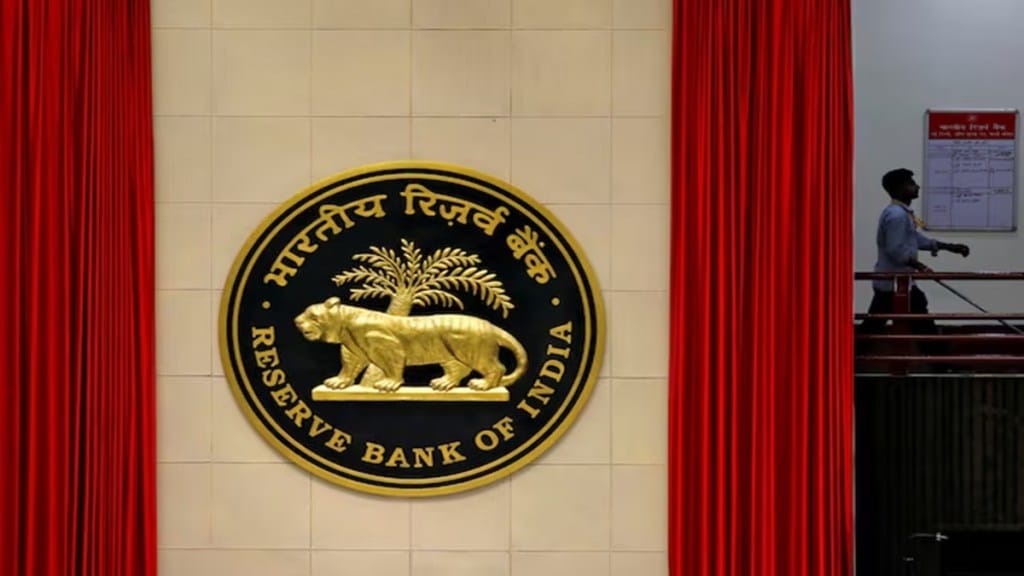The bond markets may have been miffed as the Monetary Policy Committee (MPC) opted not to cut the policy rate on Wednesday and leave the stance unchanged at neutral, but the accompanying commentary was clearly dovish. It’s clear that Reserve Bank of India (RBI) Governor Sanjay Malhotra’s comments on easing inflation and favourable macro-conditions have opened up space for further supporting growth, with many suggesting there is room for at least one more repo rate cut. A second one would depend on the inflation trajectory which has been forecast at 2.6% for FY26 but 4.5% in the first quarter of FY27.
Growth vs. Tariffs: Why the moderate GDP forecast?
While the RBI’s GDP growth projection for the current fiscal has been raised by 30 basis points (bps) to 6.8% on the back of recovering rural demand, lower interest rates, and the consumption boost expected from the goods and services tax (GST) rate cuts, this is still below the aspirational level. The increase in the forecast is moderate despite the fairly steep cut in GST rates largely because of the potential damage that the 50% US tariffs could cause to the economy.
The adverse impact of the steep US tariffs could well offset the benefits from the GST cuts. If indeed growth tapers off after the festive fervour and fails to sustain, there is a good chance the repo rate could head even lower to 5%. The RBI will probably wait to get a sense of consumption trends, the outcome of the US trade negotiations, and the impact of the GST cuts on inflation, before it acts.
Transmission challenge and bond market woes
Also, the full impact of the 100-bps cut in the repo is yet to be felt with the governor observing that about half the transmission in select lending rates has so far been completed. In fact, this is possibly one reason credit flows have not picked up meaningfully despite the 100-bps cut in the repo and more than abundant durable liquidity in the system.
There are those who believe that a rate cut would accelerate transmission and that’s why many forecasters were expecting a cut in the October policy. Again, a shift to an accommodative stance, as two MPC members had suggested, would certainly have helped, especially with the busy season having set in. It would have been a stronger signal, explicitly acknowledging the room for easing, rather than just the dovish commentary.
What’s worrying is that the bond markets continue to sulk. The yield on the benchmark rose very slightly to 6.59% on Wednesday after the announcement, and closed the session at 6.517%. Dealers appear to be disappointed because there is no short-term support for the market. Since July, bond yields have risen due to a mix of factors including fiscal concerns, and a higher supply of state loans.
While acknowledging that yields have hardened, and expressing confidence they would reverse, the governor said one should not expect bond yields to move in a 1:1 fashion. However, credit flows in the corporate bond market are unlikely to pick up until yields trend down. Also, right now, it is demand for credit that is the big issue rather than any shortage of capital with banks. So, while reducing risk weights for mortgages and residential loans to developers, and allowing banks and non-banking financial companies to be in the same businesses, are all good measures, ultimately credit flows would depend on the loan rates. An out-of-policy rate cut might not be out of place.


